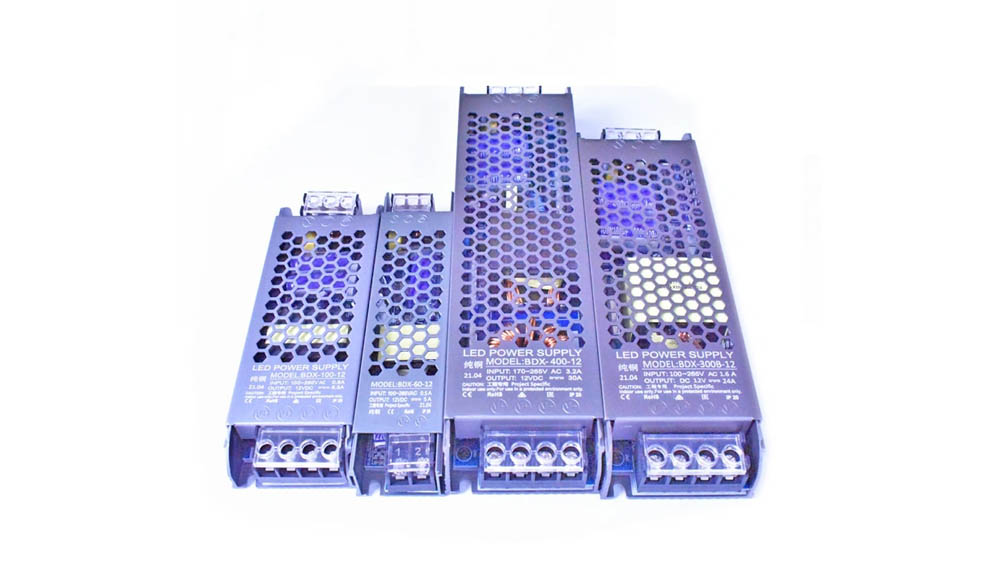Designing power supplies for electronic circuit boards can pose a significant challenge in eliminating noise or EMI. While noise reduction may not be a crucial factor in linear power supply design, it becomes a major concern when designing switching power supply circuits due to the inherent noise produced by switching devices. However, there are effective ways to mitigate this problem, which are discussed in the following switching power supply FAQs.
What is the definition of a switching power supply?
One of the primary types of power supply designs used in electronic products is the switching power supply. These power supplies are distinguished by their use of precise switching, which enables them to support designs that involve DC to DC, DC to AC, AC to DC, and frequency conversions.

What are the differences between a switching power supply and a SMPS?
The development of power supplies that utilize switching to improve efficiency over conventional linear power supplies dates back to the 1950s. Early devices that employed vacuum tubes were among the first to use this approach. However, the term “switch-mode power supply” was not patented until 1976 by Howard Scott of RCA. Today, the terms “switching power supply” and “switch-mode power supply” (SMPS) are typically used interchangeably.
Which switching component are typically used?
Unlike linear power supplies, which usually make use of diodes, SMPSs rely on precise switching to regulate duty cycle operation. As a result, transistors that offer superior control are commonly used.
In which applications are switching power supplies used?
Digital systems such as telecommunication devices, computing equipment, audio equipment, mobile phone chargers, medical test devices, arc welding equipment, and automotive chargers are the primary applications for switching power supplies.
For more applications about switching power supplies, please go to: Switching Power Supply Benefits and Uses 2022
What’s the definition of a switching power supply adapter?
At their core, power supplies function as converters. They typically convert one or more parameters from an input power source to the parameter type and level that a load or connected circuit requires. A power supply adapter enables the use of a power supply whose output was not originally intended for the input being used. Power supply designs may include only conversion circuitry or both conversion and adapter circuitry on the same board.

What are the common designs of switching power supplies?
The typical design configurations for switching power supplies can be buck, boost, forward, buck-boost, push-pull, flyback, half Bridge, full Bridge, etc.
What are the major difficulties involved in the design of switching power supply boards?
Switching power supplies require precise control of the switching action, but this switching action generates high frequency noise. While lower RF frequencies may not pose a significant problem for PCBAs, high-speed board designs require special attention to factors such as trace lengths and terminations, board impedance, and material type to minimize noise and ensure proper functionality.
What are the methods for minimizing noise in switching power supply circuits?
It’s not possible to completely eliminate noise or EMI from power supply design, but the goal is to reduce it as much as possible to achieve electromagnetic compatibility. This ensures that the power supply board doesn’t cause interference with nearby electronic devices and doesn’t affect its own functionality. To reduce noise on PCBAs, it’s recommended to use impedance matching, limit trace lengths, and maintain good creepage and clearance distances. Filtering is also a crucial consideration that affects the performance of connected loads.

What are the key considerations in the design and fabrication of PCBAs for switching power supplies?
When designing switching power supply boards, several factors require special attention. Although SMPSs are widely used in various applications, certain considerations should be made during their development.
Enhancing Switching Power Supply PCBAs Development
- Applying effective filter design techniques
- Select materials suitable for high-speed signal transmission.
- Choose suitable trace widths and lengths.
- Utilize suitable grounding techniques for signal, board, chassis, and earth connections.
- Adhere to your CM’s DFM and DFA rules and guidelines
By utilizing the aforementioned items, you can create a switching power supply design that fulfills your performance goals, addresses significant challenges, and streamlines the development process. Power1986 will collaborate with you at every stage of the development process to guarantee that your boards are produced swiftly and to the utmost quality standards.
In case you require additional FAQs to assist you in your switching power supply development, please do not hesitate to Contact Us. At Power1986, we are always ready to provide support and answer any questions you may have.
